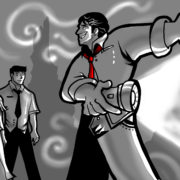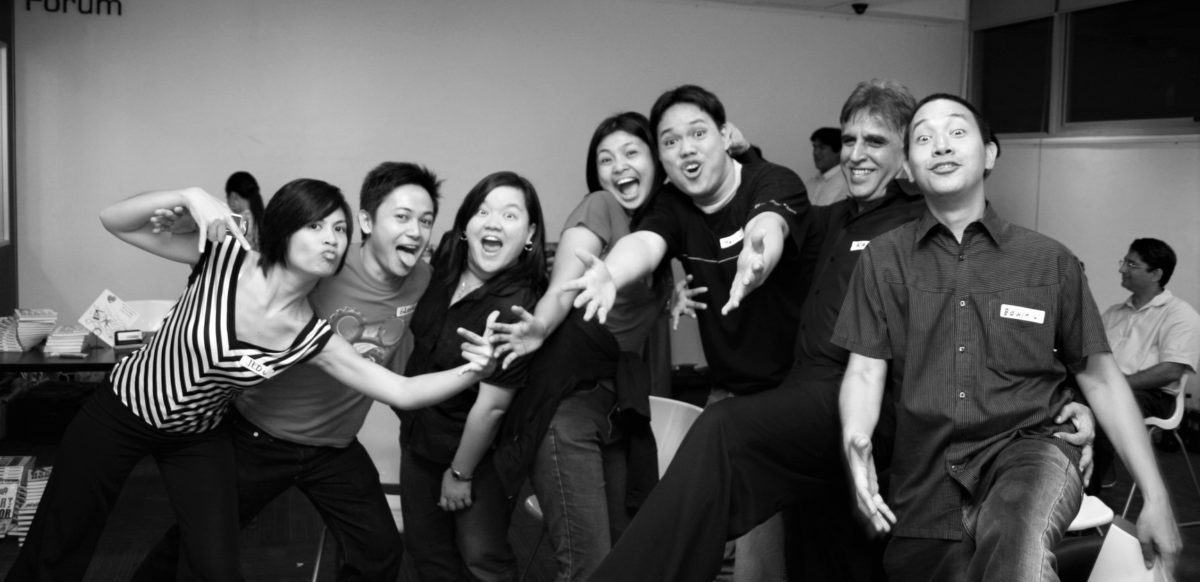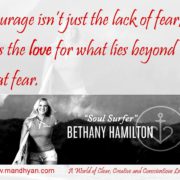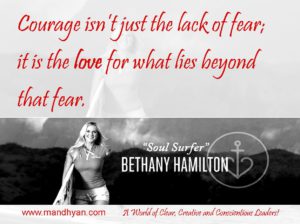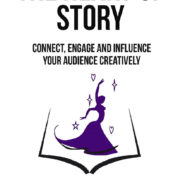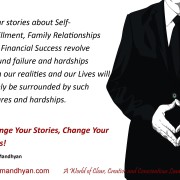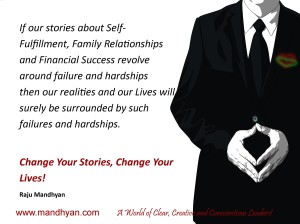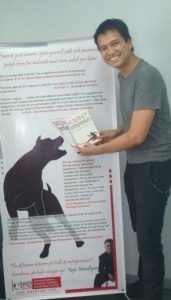On Higher Ground
Years ago when my friend, Adrian Martinez, had shared this story with me it got stuck and has stayed until now. I know not the author but here it is the way I heard it and I hope you like it.
A traveler came upon an old farmer hoeing in his field beside the road. Eager to rest his feet, the wanderer hailed the countryman, who seemed happy enough to straighten his back and talk for a moment.
“What sort of people live in the next town?” asked the stranger.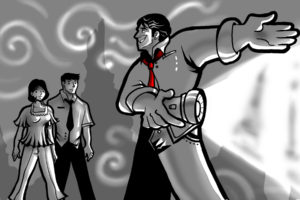
“What were the people like where you’ve come from?” replied the farmer, answering the question with another question.
“They were a bad lot. They were all trouble-makers and lazy too. They were the most selfish people in the world, and not a one of them to be trusted. I’m happy to be leaving the scoundrels.”
“Is that so?” replied the old farmer. “Well, I’m afraid that you’ll find the same sort in the next town.
Disappointed, the traveler trudged on his way, and the farmer returned to his work.
Sometime later another stranger, coming from the same direction, hailed the farmer, and they stopped to talk. “What sort of people live in the next town?” he asked.
“What were the people like where you’ve come from?” replied the farmer once again.
“They were the best people in the world. They were hard-working, honest, and friendly. I’m sorry to be leaving them.”
“Fear not,” said the farmer. “You’ll find the same sort in the next town.”
Today, every time I work with people in my coaching sessions, I refer it to as “the eye cannot see the eye,” and our job as leaders and change drivers, every one of us, is to constantly and consistently work at shedding our, conscious and unconscious, biases. Not that we can totally do away with biases and not that we do not need many of them for survival, for navigating our lives into safety and then growth but to be able get closer and closer to the objective truth.
The objective truth as we must understand is an ideal to be achieved. And it can only be achieved when we look in, look out, look in again and look out again as frequently as possible and as rapidly as possible. It’s called being agile. It’s called being resilient and it gives us a handle on our views, on our knee-jerk reactions. It helps us make better, empathetic and, even, holistic decisions in life and at work.
Thus, when faced with a new environment, with diversity or with what you might think others are obstructing your progress, ask yourself these questions:
- How much of my past experience is wrongly being projected on current reality?
- What if I was wrong about everything I perceive to be true?
- How open and flexible am I to new ideas, to diversity?
- How much of it is hard data which can be endorsed to be factual by a third party.
- After I speak up or act, will I be okay with what I have done and said? Will I have remorse?
There is never an end to this sort of reflection but yet, there can be always be a kinder, gentler and an all-around win-win way out.
When Adrian Martinez had shared this story with me he had begun by saying, “Wherever you go you carry your land with you Raju.”
I’d agreed as I agree today. And, I’d like to add is that you can place your land down and use it as a stepping stone to get to a higher ground.
[More on Appreciative Leadership]
Speaker, Coach & Learning Facilitator
www.mandhyan.com
A World of Clear, Creative & Conscientious Leaders!

